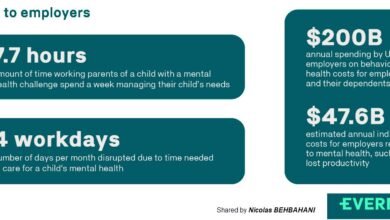
By | David Klaasen | Helping You Create Clarity, Inspire Your People & Drive Performance | Retain your best people | Changing Management Mindsets and Behaviour | Practical Behaviour Analytics
As a senior manager you probably have very high levels of awareness and technical expertise in your chosen field. You can effortlessly make decisions that actually require reflecting on your vast experience, and sorting through millions of mental maps with various levels of complexity. But what about your people? What level are they at and what are the steps they need to take to get to the next level? What are the steps you need to take to help them?
As I reflect on my first career as a chef in the 1980’s it is clear to see that in every professional discipline there is a natural progression of awareness, knowledge, skill and behaviour. As a manager, if you can effectively diagnose the level your people are at with a particular task, job or project, you can rapidly increase their development because you will know how to adjust your management style in a way that will help them grow to the next level. Using the wrong style can lead to confusion, stress and frustration for both parties.
A scale of progression
Being pragmatic is one of my core values and I wanted to develop a simple scale that can be used to understand the progression of proficiency. I researched a lot of the management books but it was only when I spoke with Carol Barnes, a fellow NPL Master Practitioner who also has a lot of experience in Educational Psychology, that I discovered the work of Benjamin Bloom. Together we mapped out some of Blooms work, keeping it in a tight framework and added our own practical experience (a combination of over 50 years of knowing what actually happens in business).
In a previous article I mentioned that you can only control that of which you are aware; that of which you are unaware controls you. I’ve always liked this provocative statement because it inspires me to be more sensitive to the subtle “differences that make a difference”.






